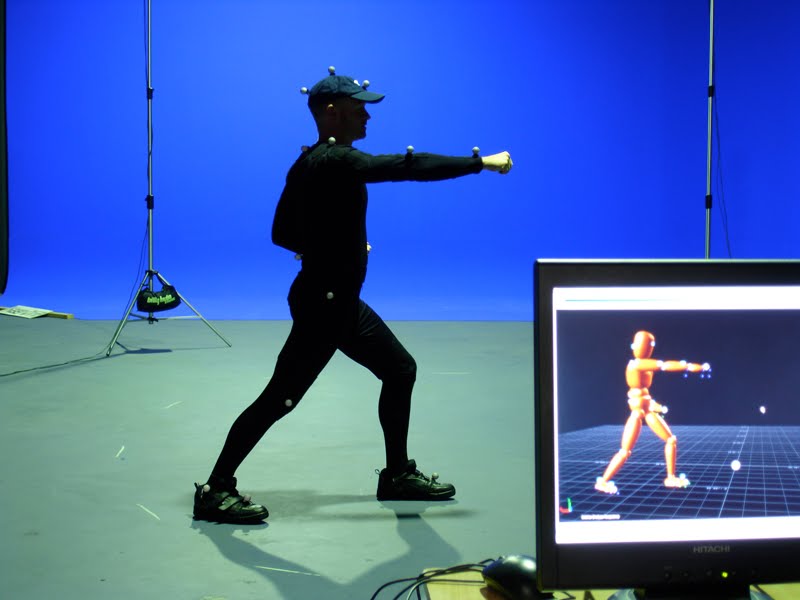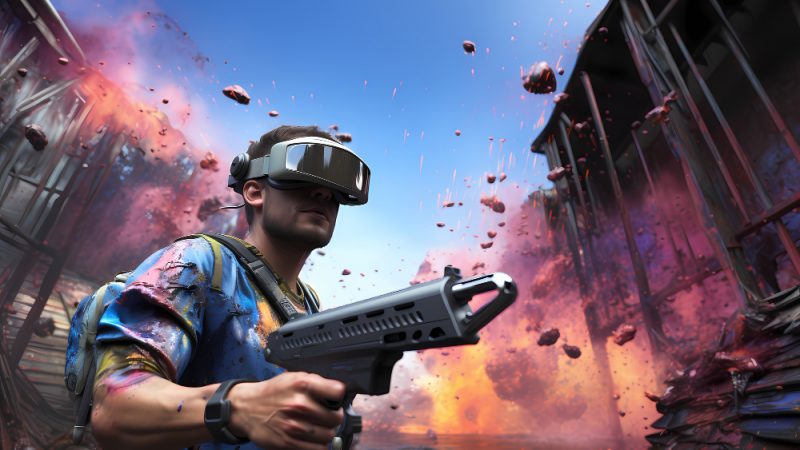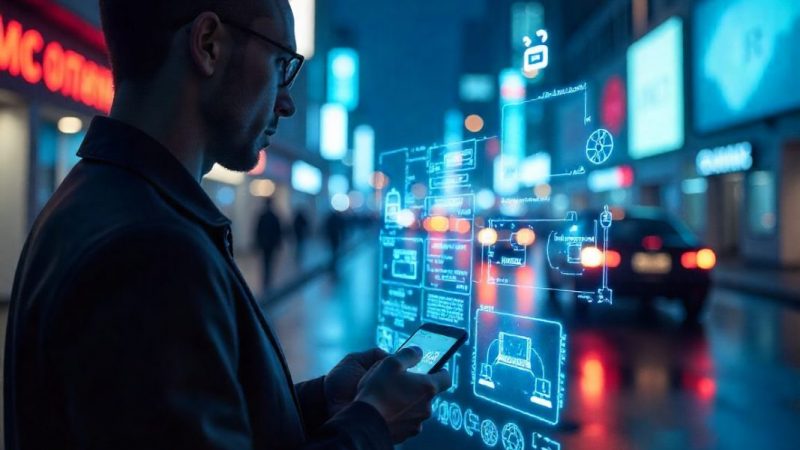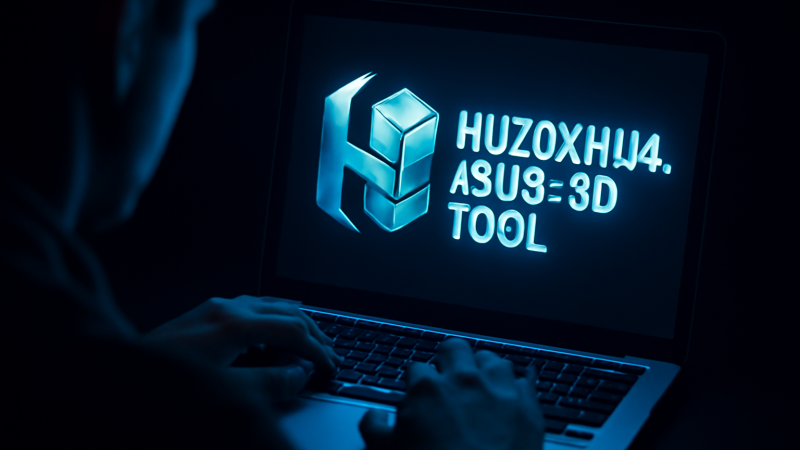The beginning of the 3D motion capture system: A revolution in the Animation World

Motion capture systems record objects or humans and convert that data into actionable data to create a 3D view. The system is useful in various applications, including entertainment, sports, medical equipment, ergonomics, and robotics.
In other words, a 3D Motion graphic or mocap is a process in which the movement of people is recorded digitally. 3D motion capture systems are those systems that enable the users to capture those movements with the help of cameras and sensors then processing those images or videos with the help of processing software. These systems are used across numerous industry verticals ranging from media & entertainment, healthcare, military and defense, sports and others.
Techniques of Motion Graphics
- Optical (passive)– The technique uses retroreflective markers to attach to objects or bodies and reflect light generated near the lens. By reflecting the light, the position of the markers within three-dimensional space can be calculated and recorded.
- Optical (active) –Similar to the previous technique, but makers emit light instead of mirrors. As a result, the markers need power.
- Inertial–Cameras are not necessary for this technique to work. It records movement with the help of IMUs (inertial measurement units), which contain sensors to measure rotation. A variety of sensors are used in IMUs, including gyroscopes, magnetometers, and accelerometers.
- Marker-less– A marker is not necessary with this technique. Cameras that track depth and specialized software enable it to record the movements of people and objects. However, it’s less accurate than optical or mechanical tracking alternatives, even though it’s more convenient in some ways.
Uses of Motion Capture
- Filmmaking and computer gaming use motion capture to record the movements of actors and transfer them to animated characters.
- Sports therapists often use motion capture when visualizing the movement of patients to diagnose problems, for example, gait analysis.
- The military can also benefit from motion capture when combined with virtual reality as it enhances military training.
The Working: Motion Capture
Motion capture allows actors to perform their movements onto digital characters. The tracking cameras (with or without markers) that facilitate tracking can be referred to as optical, while non-optical systems use inertia or mechanical motion to measure movement, respectively.
In optical systems, a 3D position marker or feature is tracked in 3D, and the data is compiled into an approximate motion model for the actor. An active system uses lights or blinks to make a distinctive mark, while a passive system employs inert markers like white balls or just painted dots (the latter is often used for face recognition). A markerless system tracks distinctive features rather than markers, such as an actor’s clothing or nose, using algorithms from match-moving software. A virtual skeleton of the animated character is then created by mapping motion onto it. One popular tool is Autodesk’s MotionBuilder. It yields animation characters that behave like real-life performers.
A revolution in the Animation World
The early 1900s
In 1919, animator Max Fleischer invented rotoscoping to accomplish motion capture in the film industry. The process of rotoscoping entails tracing over actual footage frame-by-frame. The genre plays a key role in many animated films we know and love today, like Alice in Wonderland and Snow White and the Seven Dwarves. The keyframe animated characters in the early 1940s and early 1960s, despite digital animation being popular.
The 1980s
In the 1980s, animators used bodysuits lined with active markers and a handful of large cameras to track actors, resulting in digital images with a much higher degree of detail and precision than Harrison’s radioactive line drawings. Even in the 1990s, motion capture-ready cameras were about the size of a small refrigerator, and animators had to manually assign each maker, for each scene, in each frame. It was almost as painful as rotoscoping.
The early 2000s
In the early 2000s, movie technology developed further, inspiring director Robert Zemeckis to use the newly developed technology to create The Polar Express, the first movie created using performance capture fully. In the past, this technology was used to make portions of films like Lord of the Rings and Star Wars, but never to create a complete film.
The evolution of motion capture was taking place, and certainly breaking new ground, while James Cameron was patiently waiting for the technology to catch up so that he could bring his vision of Avatar to life. Remember the visually stunning world and characters of Avatar? Cameron thought that the motion capture technology of the early 2000s did not do the world of the early 2000s justice. In the end, he waited until technology caught up. When it finally did, the first virtual camera he had invented enabled him to view the CGI actors, as their performance was recorded, via a monitor, within Pandora’s web-based environment. In recognition of this, Cameron earned three Academy Awards. Motion capture tech took the movie to a whole new level, beyond just the suits and the set.
3D Motion Capture Now and its Future
The motion capture industry has continued to evolve after Avatar’s success. Now filmmakers can choose from several different kinds of motion capture systems. The systems can be markers-based which track physical markers on actors, or markers-less, which use software to track a specific item on their body (such as the mouth or clothing) to track their movements. Studios such as Centroid Motion Capture and Goodbye Kansas have successfully used motion capture in a wide variety of productions – from The Walking Dead (Goodbye Kansas) to Pacific Rim: Uprising (Centroid Motion Capture). Astute Analytica says that the global 3D motion capture system market is anticipated to grow at a CAGR of ~5% during the forecast period 2020-2025.
There are many kinds of motion capture available today. In addition to optical systems, we also have non-optical ones (including inertial, mechanical, and magnetic). Optical systems track physical markers, such as LED lights, reflectors, adhesives looking like ping-pong balls, or even face paint.
A non-optical system does not make use of any physical markers. The company instead uses match-moving software to track an actor’s movement, but the algorithm works by identifying key human characteristics like the nose. The cinematographer creates a quick computer-generated sketch of whatever character the artist wishes to bring to life, then maps the character’s skeleton onto the live-action footage, taking account of positioning, scale, and orientation.
Software-based and requiring less equipment, this is much more affordable. An animated character is created on the movie set, as they record, they map this character over the actor with motion capture, so they can see immediately how the movements translate to the character, and preferred lighting, and angles. It is known as virtual cinematography.






